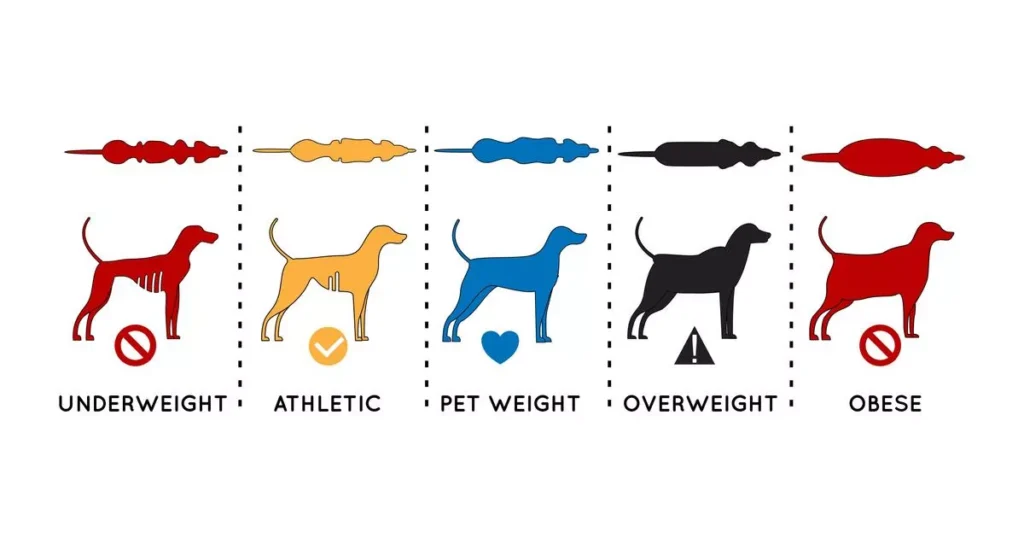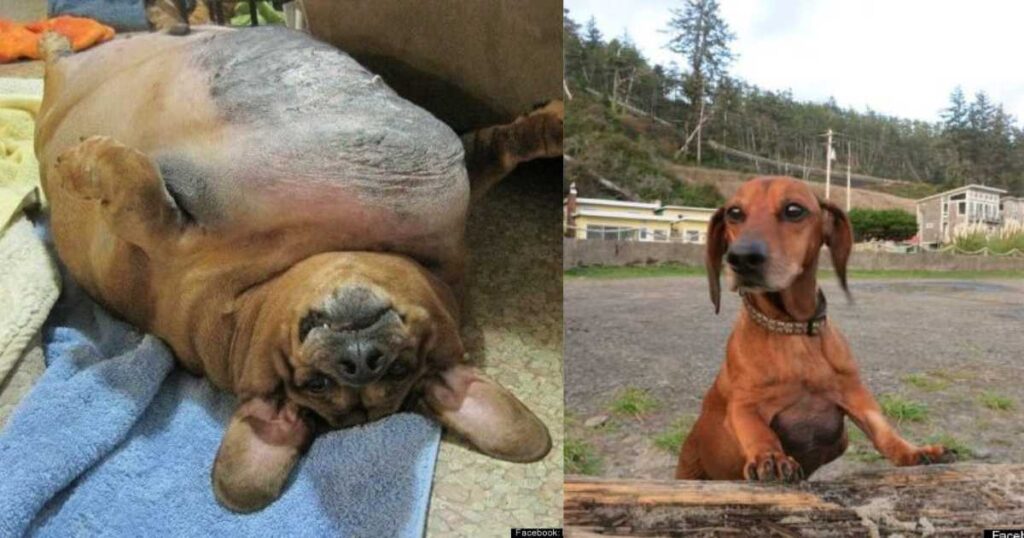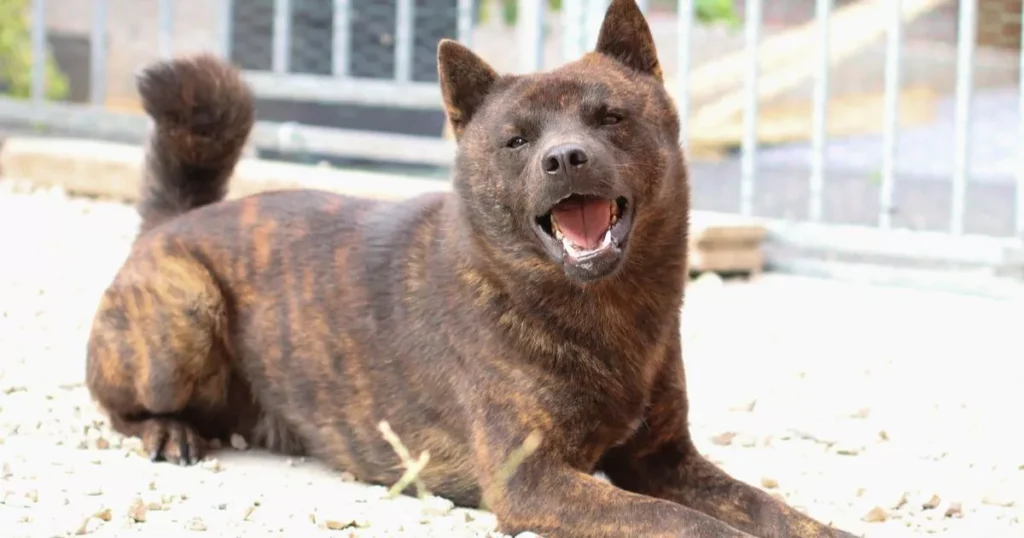Obesity isn’t just a concern for humans; our furry friends are also susceptible to weight-related health issues. Fortunately, several real-life examples showcase the remarkable transformations that dogs can achieve through successful weight management. These stories highlight the power of dedicated owners, tailored plans, and the guidance of veterinary professionals in helping dogs shed excess pounds and regain their vitality.
International Weight Loss Study: A Global Triumph

In 2017, a groundbreaking study published in PLoS ONE revealed the effectiveness of weight management plans for overweight dogs. This international endeavor involved 1,150 dogs from 14 countries, aiming to explore weight loss strategies and their impact on overall health. The results were eye-opening—most dogs experienced weight loss, and various factors such as gender, neuter status, and geographical location played a role in their success.
This study’s significance lies in its global scope, proving that weight management isn’t just achievable within a specific context; it’s a universal possibility. Owners across continents can draw inspiration from these findings, understanding that their efforts can truly make a difference in their dog’s well-being.
Portion Control Study: Small Changes, Big Impact

Sometimes, the simplest changes yield the most significant results. A study published in PLoS ONE in 2019 highlighted the power of portion control as a weight management intervention. The study involved 48 dogs and revealed that dogs tend to overeat when presented with larger portions. The key takeaway? By accurately measuring and providing appropriate portion sizes, owners can help their dogs maintain a healthy weight more effectively.
The message here is clear: portion control matters. It’s not about denying treats or meals; it’s about finding the right balance to ensure a dog’s nutritional needs are met without excessive calorie intake. This approach empowers dog owners to take a proactive role in their pet’s health journey.
Exercise Routine Study: A Shared Commitment

The bond between a dog and its owner goes beyond companionship—it often extends to lifestyle choices. A study published in PLoS ONE in 2022 explored the connection between dog owner exercise routines and those of their pets. The study’s findings underscored that owners who prioritize regular exercise are more likely to have dogs with active lifestyles and an ideal body weight.
This study reinforces the notion that a healthy lifestyle is a shared commitment. When owners prioritize physical activity, their dogs naturally become more active, contributing to weight management and overall well-being. It’s a win-win scenario that strengthens the owner-pet bond while promoting a healthier lifestyle.
Obie: The Dachshund’s Transformation

Obie, the Dachshund from Oregon, USA, captured hearts around the world with his awe-inspiring weight loss journey. When adopted, Obie weighed a staggering 77 pounds—twice the weight of a healthy Dachshund. Through the collaborative efforts of his owner and a dedicated veterinarian, Obie embarked on a transformative path.
With a carefully controlled diet and a structured exercise regimen, Obie shed over 50 pounds in just a year. This remarkable accomplishment not only restored his mobility but also dramatically improved his overall health. Obie’s story serves as a testament to the incredible transformations that can occur with unwavering commitment and proper guidance.
‘Kai’ the Golden Retriever

Kai, a Golden Retriever from the United Kingdom, exemplifies the potential for positive change when owners prioritize their pets’ well-being. Battling severe obesity, Kai’s owner collaborated with a veterinarian to design a holistic weight loss strategy. Portion control, balanced low-calorie dog food, and daily exercise became cornerstones of Kai’s routine.
As the pounds melted away, Kai’s vitality returned. His journey not only showcased the importance of nutrition and exercise but also highlighted the unwavering bond between a dog and its owner. Kai’s success story echoes the sentiment that a supportive environment and personalized care are instrumental in achieving lasting weight management goals.
The Path Forward: A Blueprint for Success
These real-life success stories illuminate the path toward effective weight management for dogs. Key takeaways include the significance of tailored plans, committed owners, and the expertise of veterinary professionals. It’s crucial to collaborate with a veterinarian to create a safe and effective weight management program that addresses a dog’s unique needs and health conditions.
In the United States and beyond, these stories stand as testaments to the remarkable transformations that can occur when dedication meets expert guidance. By sharing these narratives, we empower dog owners everywhere to embark on journeys that prioritize their pets’ health, happiness, and longevity. Through shared determination, we can help our four-legged companions lead lives full of vitality and joy.
Frequently Asked Questions
What are some healthy food options for dogs that are underweight? When it comes to nourishing an underweight dog, focus on nutrient-rich options. High-quality protein sources like lean meats, eggs, and fish are excellent choices. Incorporate complex carbohydrates such as sweet potatoes, brown rice, and whole grains for sustained energy. Healthy fats like salmon oil and coconut oil can provide extra calories and support skin and coat health. Remember, consult your veterinarian before making significant changes to your dog's diet.
How often should you feed an underweight dog? Feeding frequency depends on factors like your dog's size, age, and activity level. In general, offering smaller, more frequent meals can be beneficial for underweight dogs, as it helps prevent overwhelming their digestive system while ensuring a steady intake of nutrients and calories throughout the day.
Are there any special considerations when exercising an underweight dog? Exercise is important, but it should be approached with care for underweight dogs. Start with low-impact activities like short walks and gentle playtime. As your dog gains weight and strength, you can gradually increase the intensity and duration of exercise. Always observe your dog's energy levels and consult your vet to ensure their exercise routine aligns with their overall health goals.
How can I help my underweight dog gain weight safely? To help your dog gain weight in a healthy way, collaborate closely with your veterinarian. They can develop a customized plan that considers your dog's specific nutritional requirements, any underlying health issues, and the desired rate of weight gain. Avoid overfeeding or providing excessive treats, as rapid weight gain can lead to other health problems.
What are some common behavioral changes in underweight dogs? Underweight dogs might exhibit behavioral changes as a result of their physical condition. These can include increased restlessness, irritability, and heightened food motivation. Additionally, they might lack the usual energy levels and become more lethargic. Regular check-ups with your vet can help address any behavioral changes and ensure your dog's well-being.
Is it possible for a dog to be underweight even if they eat a lot? Yes, it's possible. Underweight dogs might not be able to absorb nutrients efficiently due to various factors such as digestive issues, malabsorption, or medical conditions. Consult your veterinarian to identify any underlying causes and develop a plan to address them while providing the necessary nutrition.
Can stress or anxiety contribute to a dog being underweight? Absolutely. Stress or anxiety can lead to appetite suppression, causing dogs to eat less and potentially lose weight. Changes in routine, new environments, or separation anxiety are some common stressors. If you suspect stress is impacting your dog's weight, consult your vet for guidance on managing stress and promoting a healthy appetite.
How long does it take for an underweight dog to reach a healthy weight? The duration to reach a healthy weight varies based on factors like the dog's current weight, target weight, metabolism, and overall health. It's a gradual process that requires patience. Your vet can give you a rough estimate based on your dog's specific situation, but the focus should be on steady and sustainable weight gain rather than rapid changes.